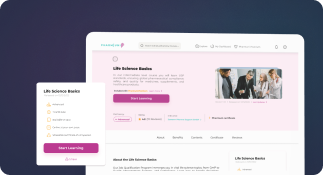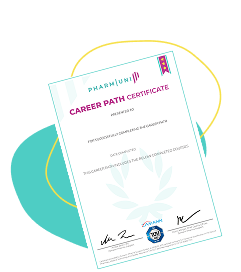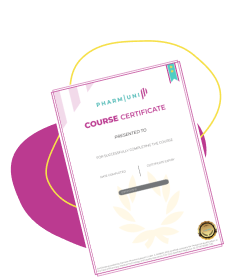Pharmacovigilance (Drug Safety Monitoring)
Definition
Pharmacovigilance is the science and activities involved in the detection, assessment, understanding, and prevention of adverse effects or any other drug-related problems. It plays a crucial role in ensuring the ongoing safety of pharmaceutical products once they are on the market and being used by patients.
The primary goal of pharmacovigilance is to improve patient care and safety in relation to the use of medicines, especially by minimizing the risks associated with adverse drug reactions (ADRs) and maximizing the benefits of medications.
Detailed Explanation
Why Pharmacovigilance is Important
Pharmacovigilance is essential throughout the lifecycle of a medicinal product. While clinical trials provide important information on a drug’s safety and efficacy, they are limited by time, controlled environments, and sample size. Once a drug is approved and used in real-world settings, new data can emerge about rare or long-term adverse effects. Pharmacovigilance systems are designed to capture and analyze this data to protect public health.
Key Objectives of Pharmacovigilance
- Identify previously unrecognized adverse drug reactions (ADRs)
- Monitor the frequency and severity of known ADRs
- Evaluate the benefit-risk balance of marketed drugs
- Inform regulatory actions such as label changes, risk minimization strategies, or product withdrawal
- Educate healthcare professionals and patients about safe drug use
How Pharmacovigilance Works
Pharmacovigilance activities are carried out globally by regulatory agencies, pharmaceutical companies, healthcare professionals, and patients. These activities include:
- Spontaneous Reporting: Healthcare providers and consumers report suspected ADRs to national regulatory authorities or pharmaceutical companies.
- Periodic Safety Update Reports (PSURs): Regular reports submitted by marketing authorization holders summarizing safety data.
- Risk Management Plans (RMPs): Documents outlining how a company plans to monitor and mitigate risks associated with a drug.
- Signal Detection: Statistical analysis of large datasets to identify potential safety signals that warrant further investigation.
- Post-Marketing Surveillance: Ongoing monitoring of drugs after approval, including observational studies and registries.
Real-World Examples
One of the most well-known examples of pharmacovigilance in action is the withdrawal of the painkiller rofecoxib (Vioxx) in 2004. Post-marketing surveillance revealed an increased risk of cardiovascular events, which was not fully apparent during clinical trials. As a result, the drug was withdrawn from the market to protect public health.
During the COVID-19 pandemic, global pharmacovigilance systems were instrumental in monitoring the safety of newly approved vaccines. Adverse events were rapidly reported, analyzed, and communicated to ensure transparency and maintain public trust.
Regulatory Context
Pharmacovigilance is governed by regulatory frameworks established by agencies such as:
- European Medicines Agency (EMA)
- U.S. Food and Drug Administration (FDA)
- World Health Organization (WHO)
- Pharmaceuticals and Medical Devices Agency (PMDA, Japan)
These agencies provide guidelines on good pharmacovigilance practices (GVP), which outline the roles and responsibilities of stakeholders in monitoring and ensuring drug safety.



